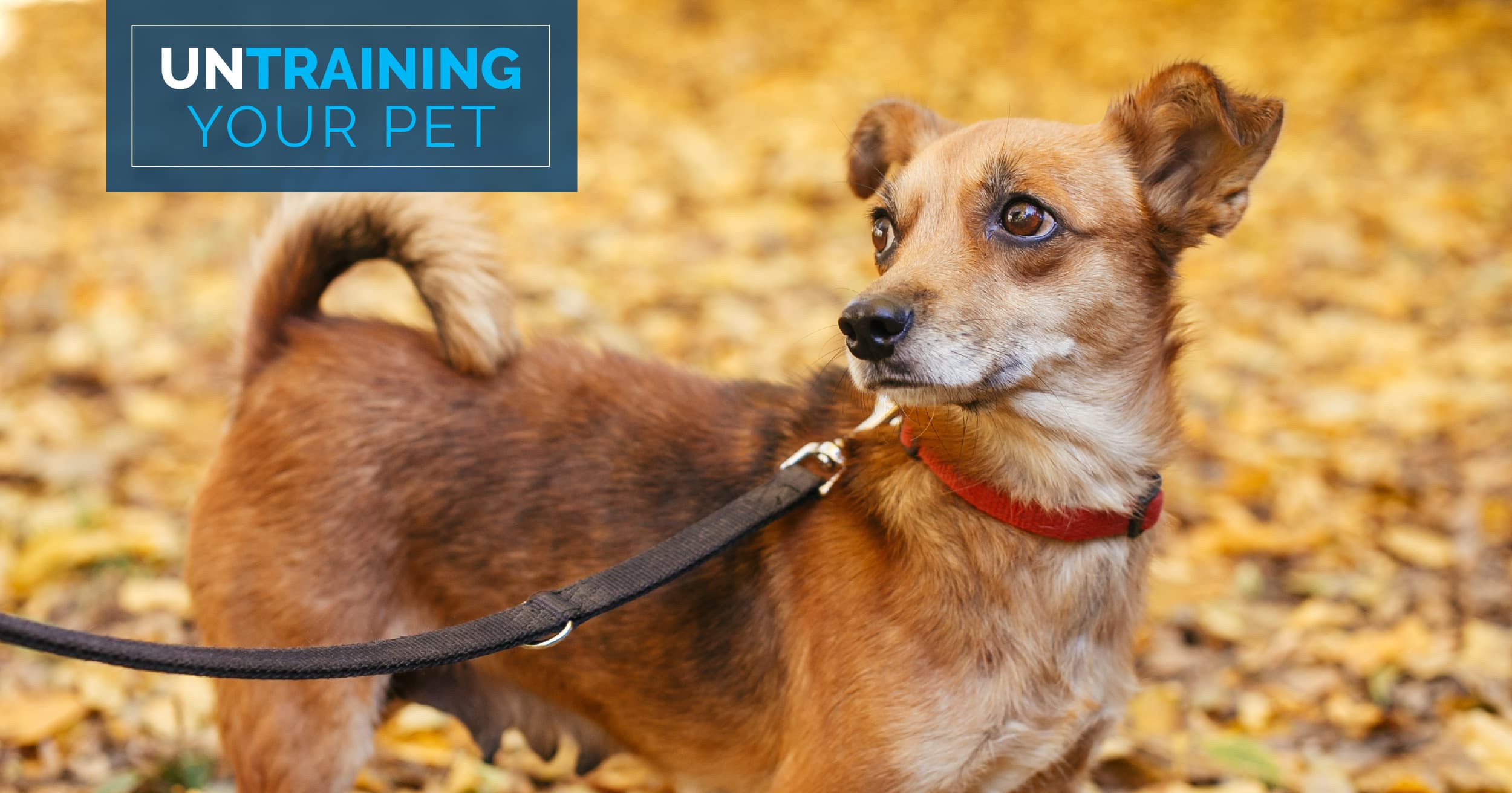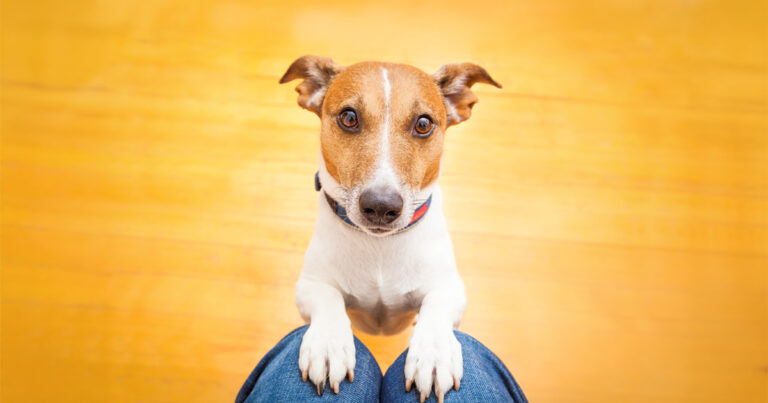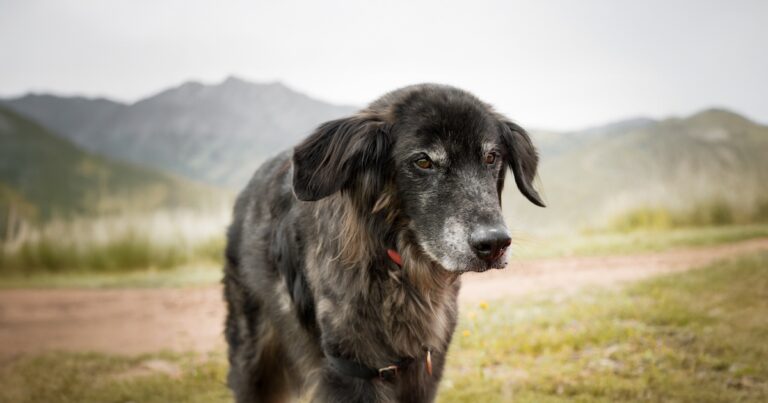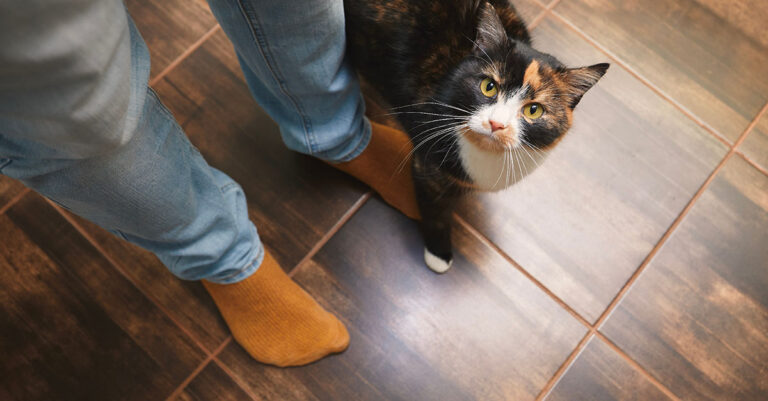Welcome to our “Untraining Your Pet” series, where we help you “untrain” your pet from those naughty or annoying bad habits and get them back to being the goodest boys and girls.
For most dogs, going on a walk is the highlight of their day. As soon as you pick up their leash, the zoomies start, they bark excitedly or they’re pacing with anticipation at the front door. But for other dogs, the sight of their leash sends shivers down their spine — sometimes literally.
Anxiety during walks can be triggered by many different things and it can create a scary situation for both your dog and you. They may try to run away if they’re anxious, and you definitely don’t want your furry friend to become lost or injured if they escape their collar or harness. Here are some tips on how to untrain your dog from anxious walks and help them become a confident, worry-free explorer of the great outdoors.
Dogs Have Fears, Too
Just like people, dogs can develop fears for many reasons. A traumatic past experience, for example, or being genetically predisposed to being a little more “high-strung” than other dogs can cause fears of almost anything. For many dogs, their fears can be traced back to an inadequate amount of socialization early in life. It highlights why during the first 12 to 16 weeks of a dog’s life (the socialization period), it’s important to let them experience the world — visit as many people, pets and places as you can and let them face different situations that they’re likely to encounter later in life.
Signs of Anxiety in Dogs
How do you know your dog is anxious about walking? Refusing to walk any further and trying to pull you the other way are good signs that your dog is worried about something on your walk. But here are some other anxiety signs to look out for.
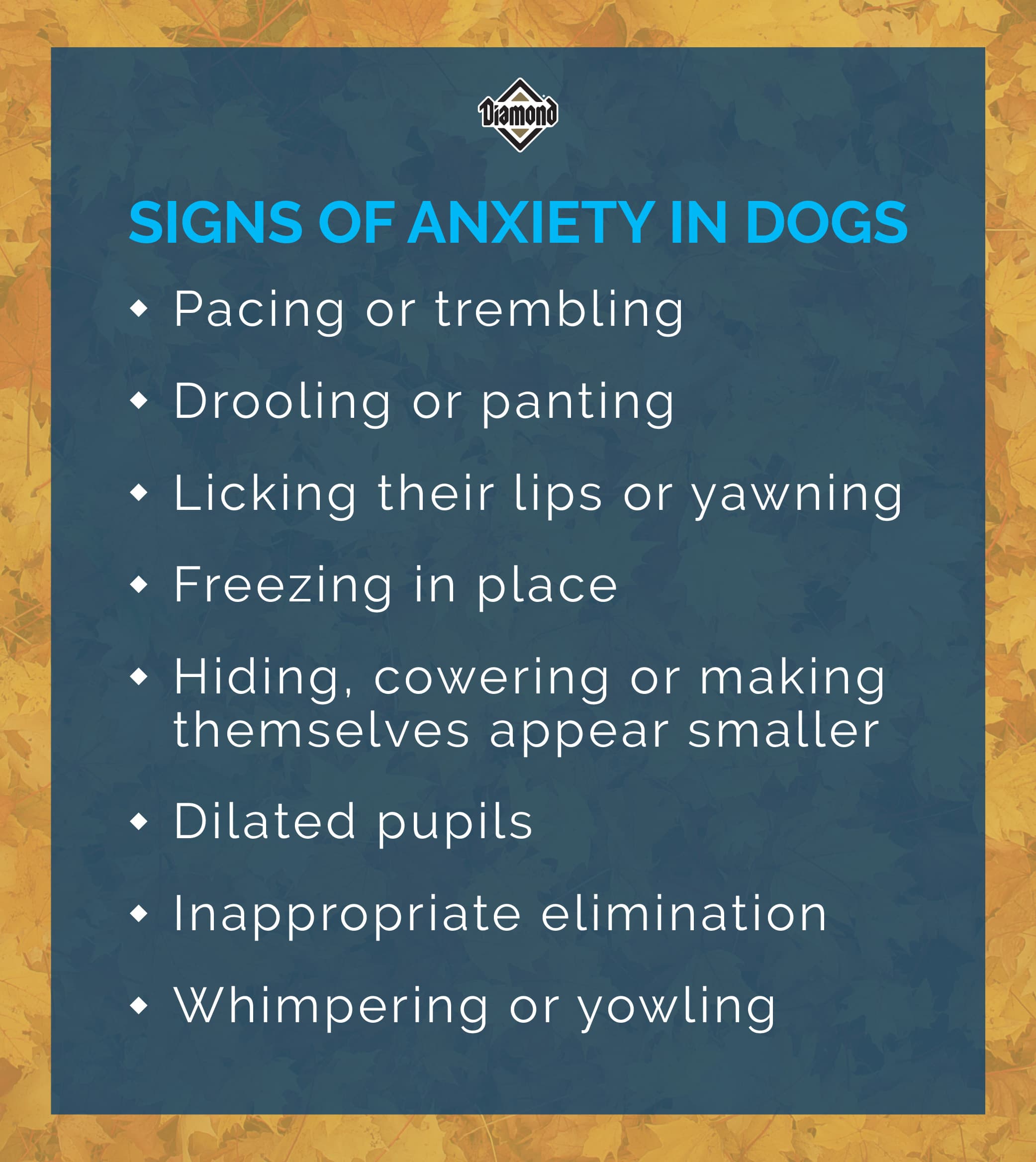
What Is Your Dog Worried About?
The first step in helping your dog overcome their walk anxiety is to try to understand what is causing them to feel this way. Is there an object that looks scary to them? Do they not like to meet people or other dogs? Do you walk past something noisy? Think about where your dog shows signs of anxiety and what was around you then.
Also, think about your dog’s past experiences. Did something happen on a previous walk that was traumatic for them? They may associate a certain area or smell with that stressful experience. If you adopted your dog from a shelter, you may not know anything about their past experiences, which can make working out their trigger a little challenging. If you adopted your dog recently, you could ask the shelter staff if they have any information on the background of your dog and if they know of a reason that your dog is anxious on walks. Keep in mind that a dog who was previously abused may have multiple anxiety triggers, not just when they’re on a walk.
Avoid the Triggers
Once you know, or at least have an idea about what your dog’s anxiety trigger is, the easiest thing to do is to avoid it (if possible). If they get anxious in a noisy part of town, find a different walking route. If it’s people or other dogs approaching them, cross to the other side of the street, walk in quiet areas and avoid dog parks. Start with short walks that avoid their trigger(s) and then gradually increase the time so your dog can become more comfortable with walking. Sticking to the same route and walking at the same time each day can also help keep your dog calmer because they know what to expect.
Of course, sometimes it’s not possible to avoid the trigger, for example when it’s the leash that bothers them or something in front of your house. If you can’t avoid the trigger, you may want to try training them to feel better about the stressor. Your veterinarian or a veterinary behaviorist can help you develop a training plan to help them manage their anxiety.
Lots of Praise and Rewards
If you have found a way to avoid your dog’s trigger while you’re out walking, it’s still important to encourage them to find walks a happy, enjoyable experience. Giving them high-value treats before, during and after their walk can help take their mind off the anxiety and also remind them that walks are a good thing. And don’t forget to constantly tell them what a good job they’re doing!
Anxiety can make dogs (and people) not feel like eating, so if they aren’t interested in the high-value treats, try something that they can lick instead, like peanut butter. Licking is soothing for dogs, so they may find this more calming — and they get a treat, too.
You could also try synthetic pheromone products that release dog-appeasing pheromones to help dogs feel calmer. They are available as edible treats, or there are also collars that release calming pheromones.
Keep Calm and Walk On
While you’re working on managing your dog’s anxiety, you also need to check in on your anxiety levels. If your dog’s anxiety has turned them into Houdini and they’re constantly slipping their collar or leash while you’re out, it’s understandable that you could be anxious about going for a walk, too. Or you could just be concerned in general about how your dog’s feeling, and that concern turns into anxiety, stress or worry for you.
Research has shown that anxious dog owners may make their dogs more nervous. So it’s important that you remain upbeat and positive about the walk to help your dog feel good about it, too. If you’re worried about them running off, clip the leash onto both their collar and harness and make sure they’re microchipped so you can be contacted if they do slip their collar.
Walking has many benefits for both you and your dog, so it’s a good idea to help them manage their walk anxiety, if possible. In some cases, they may never be comfortable going on walks, and you may need to exercise them in your yard or inside your house instead. Ask your veterinarian for advice if your dog is suffering from anxiety so they can recommend an appropriate training and management plan, which may include medication.
RELATED POST: Rescue Me: 7 Tips for Adopting a Shy Dog

